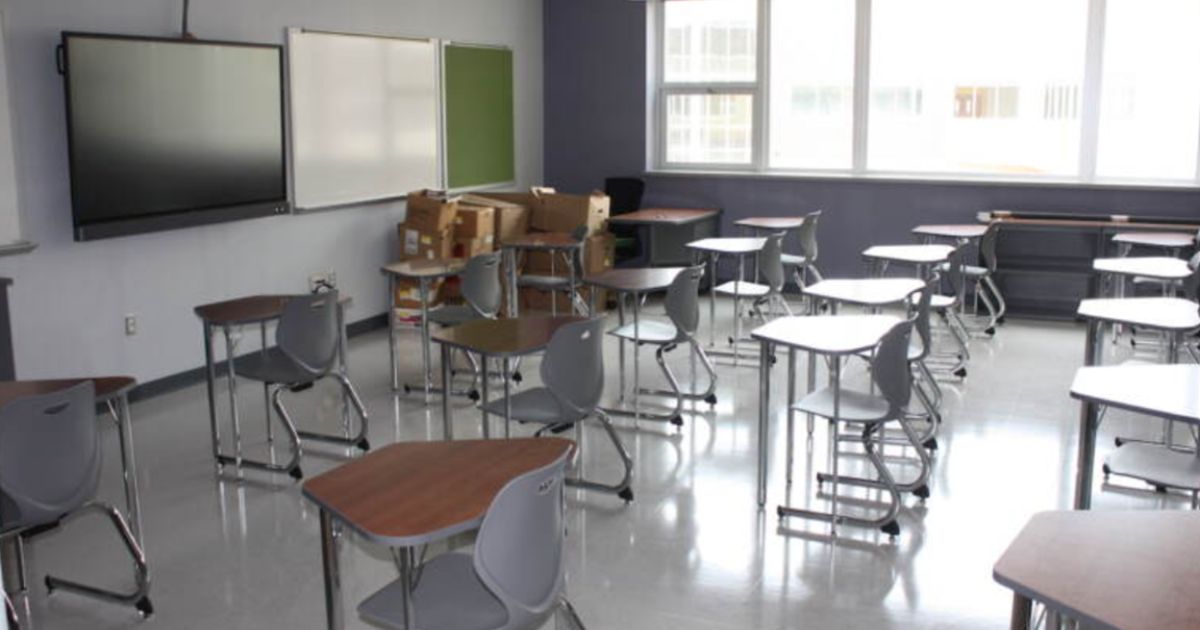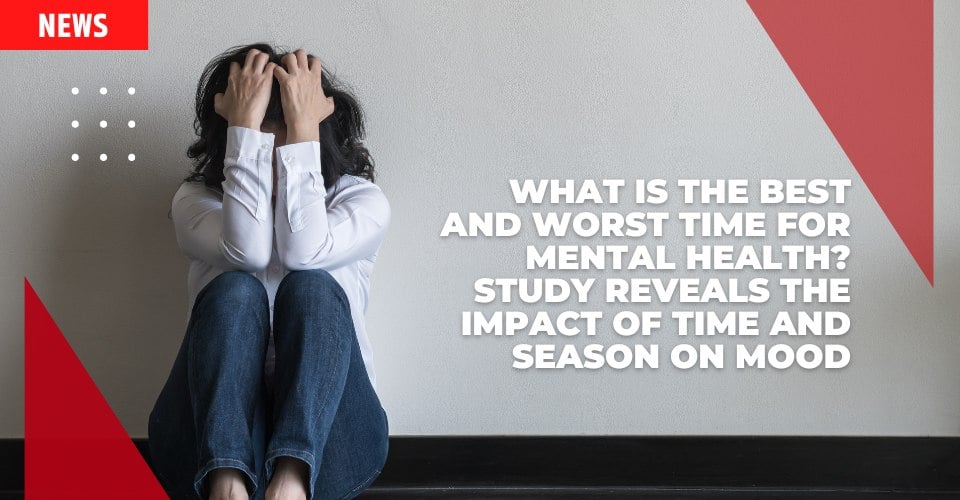A pioneering Camden County School program set to launch this fall seeks to revolutionize the way mental health services are provided to students.
The program’s core objective is to offer these critical services within the comforting confines of therapists’ offices, sparing students from the often time-consuming, costly, and emotionally taxing visits to emergency rooms.
In many Camden County schools, when students experience a mental health crisis, they face the daunting task of obtaining evaluations and clearances before they can return to the classroom.
While most cases do not necessitate hospital admission, the absence of expedient evaluation and clearance options often results in students and their families winding up in hospital emergency departments.
During the previous school year, Camden County schools referred students in crisis to emergency rooms at esteemed medical institutions such as Jefferson Health, Cooper University Health Care, and Virtua Health approximately 2,500 times, according to county officials.
These numbers shed light on the pressing need for a more efficient and compassionate approach to handling mental health crises among students.
Camden County School Program To Tackle Mental Health Challenges
Dan Del Vecchio, superintendent of the Camden County Educational Services Commission, articulated the program’s fundamental ethos when he stated, “Our belief is that there’s a more compassionate way to handle these types of crises.”
This belief has catalyzed a collective effort to redirect students away from emergency departments and towards a more empathetic and efficient system of care.
The current practice of requiring students to obtain evaluations and clearances before returning to school after a mental health crisis has presented significant challenges.
These challenges include delayed access to care, mounting healthcare costs, and the inherent stress associated with navigating emergency room visits during an already trying time.
The forthcoming program aims to alleviate these challenges by introducing a paradigm shift in mental health crisis management within the school system.
By relocating these services to therapists’ offices, students can receive the care they need promptly, without the added burden of an emergency room visit.
One of the primary benefits of this innovative approach is the potential to mitigate the financial strain on students and their families.
Emergency room visits often come with hefty medical bills, exacerbating the financial distress that many families already face.
By providing mental health services within therapists’ offices, the program endeavors to alleviate this financial burden and promote more accessible care.
Moreover, the program aligns with the broader movement to prioritize mental health and destigmatize seeking help for psychological well-being.
By creating an environment where students can access care without the perceived judgment or stigma associated with emergency room visits, the program aims to encourage more students to seek the help they need when facing mental health challenges.
Collaboration is at the heart of this initiative, with various stakeholders working together to streamline the process of delivering mental health care to students.
Therapists, educators, and healthcare providers are uniting to ensure that students in crisis receive timely and appropriate care, ultimately fostering a healthier and more supportive educational environment.
In conclusion, the Camden County school program launching this fall represents a significant step forward in the realm of student mental health support.
By diverting students in mental health crisis away from emergency rooms and towards therapists’ offices, the program offers a more compassionate, efficient, and financially sustainable approach to care.
It also aligns with the broader effort to prioritize mental health and destigmatize seeking help, creating a more inclusive and supportive educational landscape for all students.





















